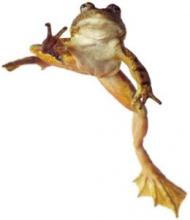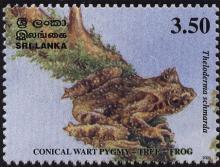
Former Senator Juan Miguel Zubiri on Sunday said the Philippine cobra (Naja philippinensis) and 12 other reptiles have joined the official list of threatened species. In a statement, he said the snake was earlier identified near threatened but its declining population required its change in category. A highly venomous burly snake averaging a meter in length, Naja philippinensis thrives in low-lying plains, from thick jungles and forested areas to open fields and grasslands. It preys mostly on small rodents and frogs and occasionally, other snakes, lizards and birds. Predators of the Philippine cobra include humans, birds of prey, the king cobra, and the mongoose.
Zuniry, former chairman of the Senate environment and natural resources committee, said the other threatened species are the Loggerhead turtle (Caretta caretta), Southeast Asian box turtle (Cuora amboinensis), Spiny terrapin (Heosemys spinosa), South-east Philippine spitting cobra (Naja samarensis), Equatorial spitting cobra (Naja sumatrana), King cobra(Ophiophagus hannah), Southeast Asian softshell turtle (Pelochelys bibroni), Batanes pit viper (Trimeresurus flavomaculatus), Panay monitor lizard (Varanus mabitang) and three subspecies of the Malay monitor lizard. Of the 13 newly threatened reptiles, Zubiri, Pilipinas EcoWarriors convenor, said the Panay monitor lizard was labeled critically endangered. The rest were tagged either vulnerable or endangered.









